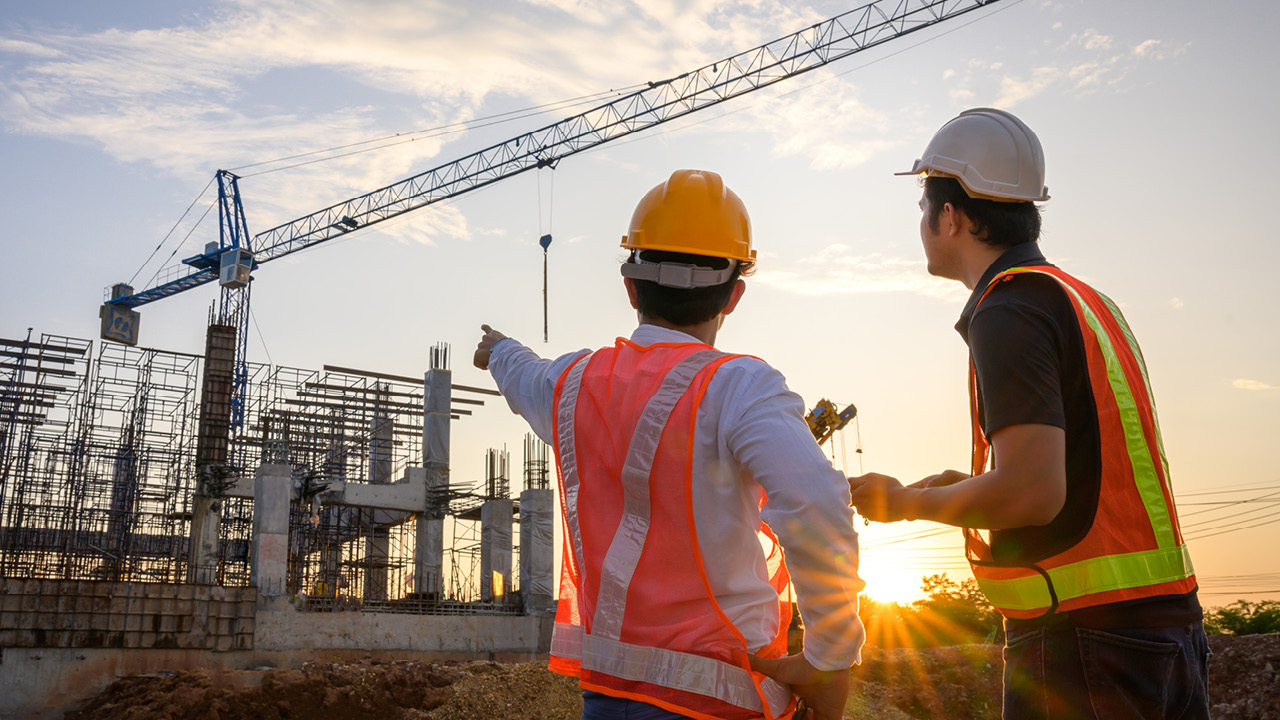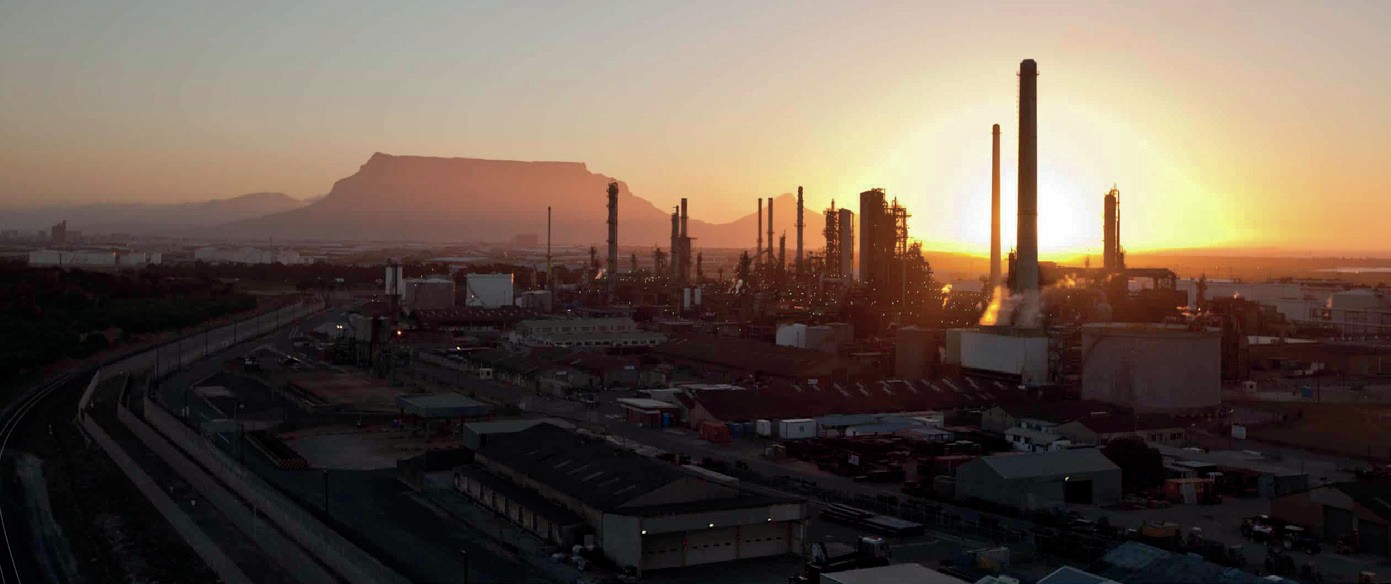Nitrogen+Syngas 391 Sep-Oct 2024
30 September 2024
Syngas News Roundup
Syngas News
SWEDEN
Green methanol project abandoned
In its most recent interim report, published on August 15, renewable energy developer Ørsted said that it was abandoning the FlagshipONE renewable methanol project because the anticipated market for green methanol as a marine fuel had not materialised as quickly as expected. The strategic decision comes nearly two years after final investment decision (FID) on the project.
In the company’s report, Mads Nipper, Group President and CEO of Ørsted, commented: “The liquid e-fuel market in Europe is developing slower than expected, and we have taken the strategic decision to de-prioritise our efforts within the market and cease the development of FlagshipONE. We will continue our focus and development efforts within renewable hydrogen, which is essential for decarbonising key industries in Europe and closer to our core business. We maintain a strong focus on de-risking project execution and prioritising growth options with the highest potential for value creation.”
The FlagshipONE project, to have been sited in the Swedish town of Örnsköldsvik, was to produce 55,000 t/a of methanol a year, enough for one large container vessel, making it a large-scale pilot project. Its targeted on-stream date was 2025. The company is also delaying a US renewables project. Mr Nipper said: “Despite encouraging progress on our US offshore wind project, Revolution Wind, the construction of the onshore substation for the project has been delayed. This means that we have pushed the commercial operation date from 2025 into 2026, which led to an impairment.”
Ørsted has taken an impairment of 1.5 billion Danish krone related to the FlagshipONE project, equivalent to $221 million, and almost half of its total impairment losses for the first half of the year.
AUSTRALIA
Feasibility study for green methanol bunkering
A Memorandum of Understanding (MoU) has been signed between HAMR Energy, the Port of Melbourne, Maersk, ANL, Svitzer, Stolthaven Terminals, and ABEL Energy to explore the commercial feasibility of establishing a green methanol bunkering hub at the Port of Melbourne. The collaboration will examine a potential project involving the transportation of green methanol from HAMR Energy’s flagship project in Portland, Victoria to the port of Melbourne for storage and bunkering services.
Commenting at the signing of the MoU, the state of Victoria’s Minister for Energy and Resources Lily D’Ambrosio said: “Victoria has the most ambitious decarbonisation agenda in the country, and this announcement is another example of how we’re leading the development of renewable and alternative fuels.” HAMR Energy Director and Company Secretary, David Stribley added: “HAMR Energy is developing a world-class green methanol facility in Portland, Victoria to accelerate shipping industry decarbonisation which will rely entirely on natural and renewable resources available in Australia.”
CANADA
Blue methanol project launched for Medicine Hat
Methanol has contracted carbon capture and storage specialist Entropy to evaluate the integration of carbon capture, utilisation, and sequestration technology at Methanex’s Medicine Hat methanol production site in Alberta. A preliminary front-end engineering and design study will look at the feasibility of leveraging Entropy’s modular post-combustion carbon capture technology at the site. It is hoped the project will support the sequestration of CO2 in addition to utilisation. The partnership wants to capture 400 t/d of CO2. A portion of the captured CO2 will be fed back into the methanol process as feedstock to produce around and additional 50,000 t/a of methanol.
Mark Allard, Senior Vice-President of Low Carbon Solutions at Methanex, said the project exemplifies Methanex’s commitment to reducing its greenhouse gas emission intensity by 10% by 2030 and advancing at least one low carbon solutions project into pre-FEED in 2024. The project is expected to be an approximately C$100 million (US$75 million) investment, with the largest portion of the funding set to come from Entropy. Upon a final investment decision, Entropy will construct and own the capture equipment adjacent to Methanex’s facility. Methanex will supply the utilities, build the tie-ins to its facility, and operate the capture equipment once it is commissioned.
UNITED ARAB EMIRATES
Masdar and Total to examine methanol to aviation fuel project
UAE-based clean energy developer Masdar has agreed with TotalEnergies to assess the development of a commercial green hydrogen to methanol to Sustainable Aviation Fuel (SAF) project in Abu Dhabi. According to Masdar, the focus of the new project will be to help decarbonise hard-to-abate sectors, such as the aviation and maritime industries. The project will take green hydrogen from renewable energy powered electrolysis, in addition to capturing and utilising CO2 from industrial sources as a feedstock for the production of green methanol and SAF.
Founded in 2006, Abu Dhabi-based Masdar develops utility scale renewable energy and green hydrogen projects around the world. The company has goals to scale its global renewable energy capacity to 100 GW, and production of green hydrogen to 1 million t/a by 2030. The company recently raised $1 billion in a green bond offering aimed at supporting investments in new greenfield renewable energy projects.
CHINA
Honeywell selected for methanol-to-SAF project
Honeywell International says it has been contracted by Inner Mongolia Jiutai Group to deliver its technology for a project to produce sustainable aviation fuel (SAF) from e-methanol in China. Honeywell’s UOP eFining™ is a methanol-to-jet fuel processing technology that turns methanol produced from carbon dioxide and green hydrogen into aviation fuel. The company claims that the use of this technology can lower greenhouse gas emissions by 88% compared to conventional jet fuel. Inner Mongolia Jiutai will use eFining to convert its methanol-to-olefins facility into a SAF plant. The process will incorporate using wind resources in northwest China and will result in the production of 100,000 t/a of SAF from green methanol.
“Honeywell’s extensive technical expertise and practical experience in SAF have enabled us to identify innovative ways in which flexible feedstocks can be used to support aviation’s energy transition,” said William Yu, President of Honeywell China.
MALAYSIA
Opening ceremony for new methanol plant
In July an official opening ceremony was held for the Sarawak Methanol Complex at Tanjung Kidurong in Bintulu (the Malaysian side of the island of Borneo). Speaking at the ceremony, the premier of Sarawak province Datuk Patinggi Tan Sri Abang Johari Tun Openg said that it marked Sarawak’s entry into the petrochemical industry and the state’s emergence as a significant player in the global methanol market. The world scale plant has the capacity to produce up to 1.75 million t/a of methanol, and is the first mega methanol plant to be developed and built by state-owned Sarawak Petchem Sdn Bhd.
The Premier said Sarawak Petchem is currently exploring other opportunities as part of a strategy to diversify their portfolio and make green energy adoption a reality, as outlined in the National Energy Transition Roadmap (NETR). “With various multi-billion dollar flagship projects in Bintulu, Sarawak is well-positioned to be a regional green energy hub. This will spur rapid economic activities that would open up more profitable ventures,” he said. Besides the current allocated gas supply for the Sarawak methanol plant project, Petroleum Sarawak Berhad (Petros) will also supply another new 160 million standard cubic feet per day of natural gas to Sarawak Petchem for a new low carbon ammonia and urea plant project.
TRINIDAD & TOBAGO
Methanex to switch from Atlas to Titan
Methanex is planning to idle its 1.85 million t/a Atlas methanol plant on Trinidad in September this year and simultaneously restart its neighbouring idled 875,000 t/a Titan methanol plant in what president and CEO of Methanex Rich Sumner described as a “seamless transition” in a recent investor call. Titan has been idle since 2020, but will be restarted following the recent signing of a two-year natural gas supply agreement with the National Gas Company of Trinidad and Tobago (NGC). The short duration of the contract reflects the “challenging near-term gas supply and demand situation in the country,” according to Sumner. Likewise the shutdown of the Atlas plant, which Methanex owns the controlling 63% stake in, is due to the expiration of its legacy 20-year natural gas agreement in September 2024.
INDIA
TOYO in feasibility study on green methanol production
TOYO Engineering Corp says that it has been selected by Japan’s Ministry of Economy, Trade, and Industry’s survey on overseas green projects. The survey aims to investigate the feasibility of constructing a value chain for the production of green methanol using TOYO’s proprietary g-Methanol® technology, which utilises green hydrogen) and biogenic CO2 to make methanol. The CO2 would be sourced form NTPC Ltd in Southern India, and the green methanol would be exported to Japan to be used as a bunker fuel and also as a raw material for low-carbon synthetic fuels. The study is expected to last approximately one year, with ENEOS Corporation being the prospective off-taker in Japan for the methanol produced by this project.
CIL and GAIL to build synthetic natural gas plant
Coal India Ltd (CIL) has signed a joint venture agreement with the Gas Authority of India Ltd (GAIL) for the development of a coal to synthetic natural gas plant. The gasification based unit forms part of India’s National Coal Gasification Mission, launched in January this year, which aims to better utilise coal as a feedstock for chemical production. The plant is to be located in the Raniganj area of Coal India’s subsidiary, Eastern Coalfields Ltd, and will produce 80000 Nm3/hr of synthetic natural gas (SNG). Annual production is slated at 633.6 million Nm3, requiring 1.9 million t/a of coal, to be supplied by Eastern Coalfields. After gasification, the syngas will be reformed into methane. India continues face shortages of natural gas in spite of major expansions in LNG import capacity. This will be CIL’s second coal gasification project; the company is also collaborating with Bharat Heavy Electricals Limited (BHEL) to set up India’s first commercial ammonium nitrate plant at Lakhanpur in Odisha state. That project is looking to produce 660,000 t/a of ammonium nitrate with an investment cost of $1.4 billion, with commissioning expected in financial year 2029-30.
SOUTH AFRICA
Total pulls out of gas project
TotalEnergies has decided to exit a gasrich block offshore South Africa after it found developing the new Brulpadda and Luiperd fields would be “too challenging”. TotalEnergies has a 45% interest in the block. Canadian Natural Resources Ltd (CNRL), which holds another 20% stake, has also said that it would not be proceeding with development. Qatar Energies seems likely to follow suit. Total’s development plan was to pipe gas from the two deep water finds to the Mossel Bay gasto-liquids (GTL) plant, operated by state oil company PetroSA, which has been idle for several years due to a lack of gas feedstock. However, wrangling over gas prices with government and PetroSA’s decision to engage with Russia’s sanctioned Gazprombank to revitalise the GTL plant, are understood to have been key factors behind the departure of CNRL and TotalEnergies.
GERMANY
Shell to build green hydrogen plant for refinery
Shell Deutschland has taken a final investment decision (FID) to progress REFHYNE II, a 100 MW renewable proton-exchange membrane (PEM) hydrogen electrolyser at the Shell Energy and Chemicals Park Rheinland in Germany. Using renewable electricity, REFHYNE II is expected to produce up to 44 t/d of renewable hydrogen to partially decarbonise site operations. The electrolyser is scheduled to begin operating in 2027. Renewable hydrogen from REFHYNE II will be used at the Shell Energy and Chemicals Park to produce energy products such as transport fuels with a lower carbon intensity. Using renewable hydrogen at Shell Rheinland will help to further reduce Scope 1 and 2 emissions at the facility. In the longer term, renewable hydrogen from REFHYNE II could be directly supplied to help lower industrial emissions in the region as customer demand evolves.



